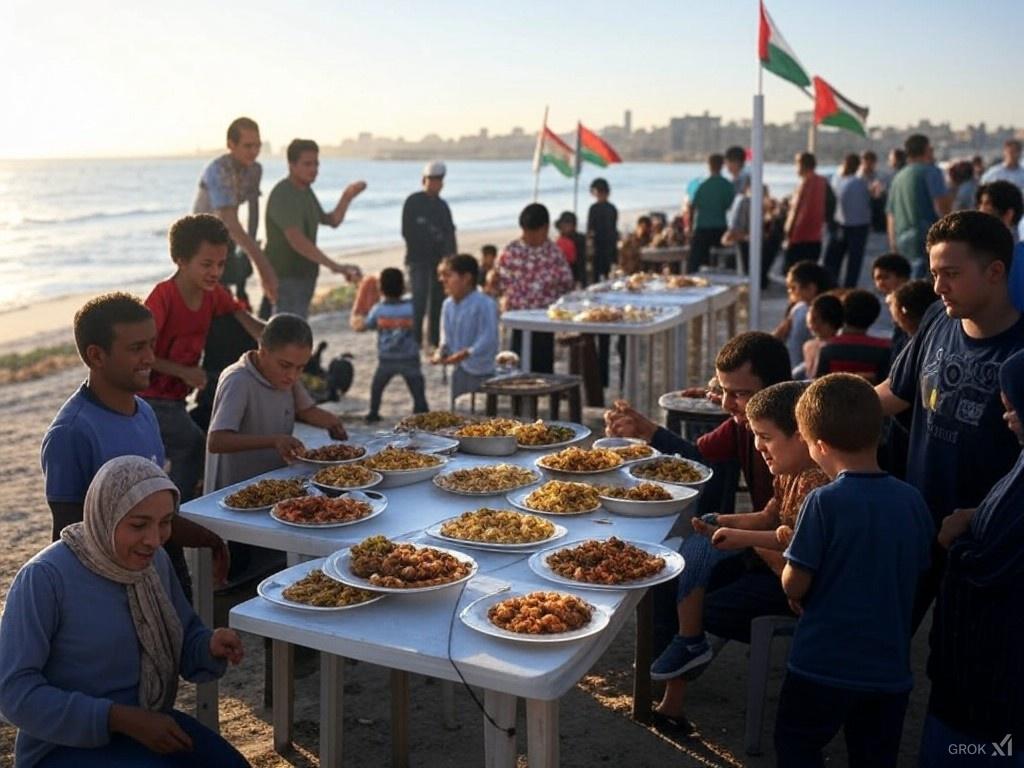In the heart of The Hague, the International Court of Justice (ICJ) delivered a historic ruling. The court had found Israel in non-compliance with its January 2024 provisional measures, which were designed to prevent acts of genocide in Gaza by ensuring the unhindered delivery of humanitarian aid. The ICJ went further, declaring that under the Genocide Convention and Pillar Three of the Responsibility to Protect (R2P), member states were not only permitted but obligated to intervene to protect the civilian population of Gaza.
Despite the ruling, Israel rebuffed all diplomatic efforts aimed at compliance. The United States, standing firm with its ally, continued to block any decisive action by the UN Security Council, using its veto power to maintain the status quo. Frustration mounted within the international community, leading to an unprecedented move by the United Nations General Assembly (UNGA).
Invoking Resolution 377, commonly known as the "Uniting for Peace" resolution, the UNGA convened an emergency special session. Here, amid heated debates, the assembly passed a resolution recommending the use of military force to safeguard the people of Gaza from what was now being described by some as an ongoing genocide, and to ensure the delivery of desperately needed humanitarian aid.
Responding to the UNGA's call, a coalition of nations, including Turkey, Malaysia, Ireland, Norway, and South Africa, among others, assembled a flotilla of military ships. Their mission was clear: to break Israel's naval blockade of Gaza. The international waters near Gaza became the stage for a tense standoff.
Israeli naval forces, determined to maintain the blockade, confronted the coalition. The situation escalated rapidly; after warnings were ignored, a single Israeli naval vessel, attempting to block the passage of aid ships, was sunk by the coalition. The action was swift, the message clear: the blockade would no longer stand in the way of aid delivery.
Instead of apologizing, the coalition issued a stern warning, stating that any further attempts to hinder their humanitarian mission would be met with similar force. The international community watched with bated breath, fearing a broader conflict. However, the resolve of the coalition and the stark reality of the situation seemed to sway public and diplomatic opinion.
Faced with international isolation, and with no support forthcoming from its traditional allies, Israel reconsidered its stance. After days of intense internal debate and pressure from within its own populace who were growing weary of the conflict, Israel announced it would allow the establishment of a humanitarian corridor at sea. The blockade was lifted for humanitarian purposes.
The news spread like wildfire through Gaza. For the first time in months, hope flickered. Aid ships, laden with food, medicine, and supplies, began docking at Gaza's ports. The people of Gaza, who had endured months of scarcity, celebrated. In makeshift squares and along the newly accessible coastline, feasts were organized, a symbol of resistance, resilience, and the power of international solidarity.
The streets of Gaza, once shadowed by conflict and despair, were now filled with the sounds of joy, music, and the sharing of food. It was a moment of profound relief and unity, a testament to the effectiveness of international law when backed by collective action and the will to enforce it.
In this narrative, the story of Gaza became not just one of suffering and strife but of a global community coming together to affirm that the right to life, sustenance, and peace transcends borders and politics. The sea, once a barrier, now served as a bridge to humanity.
